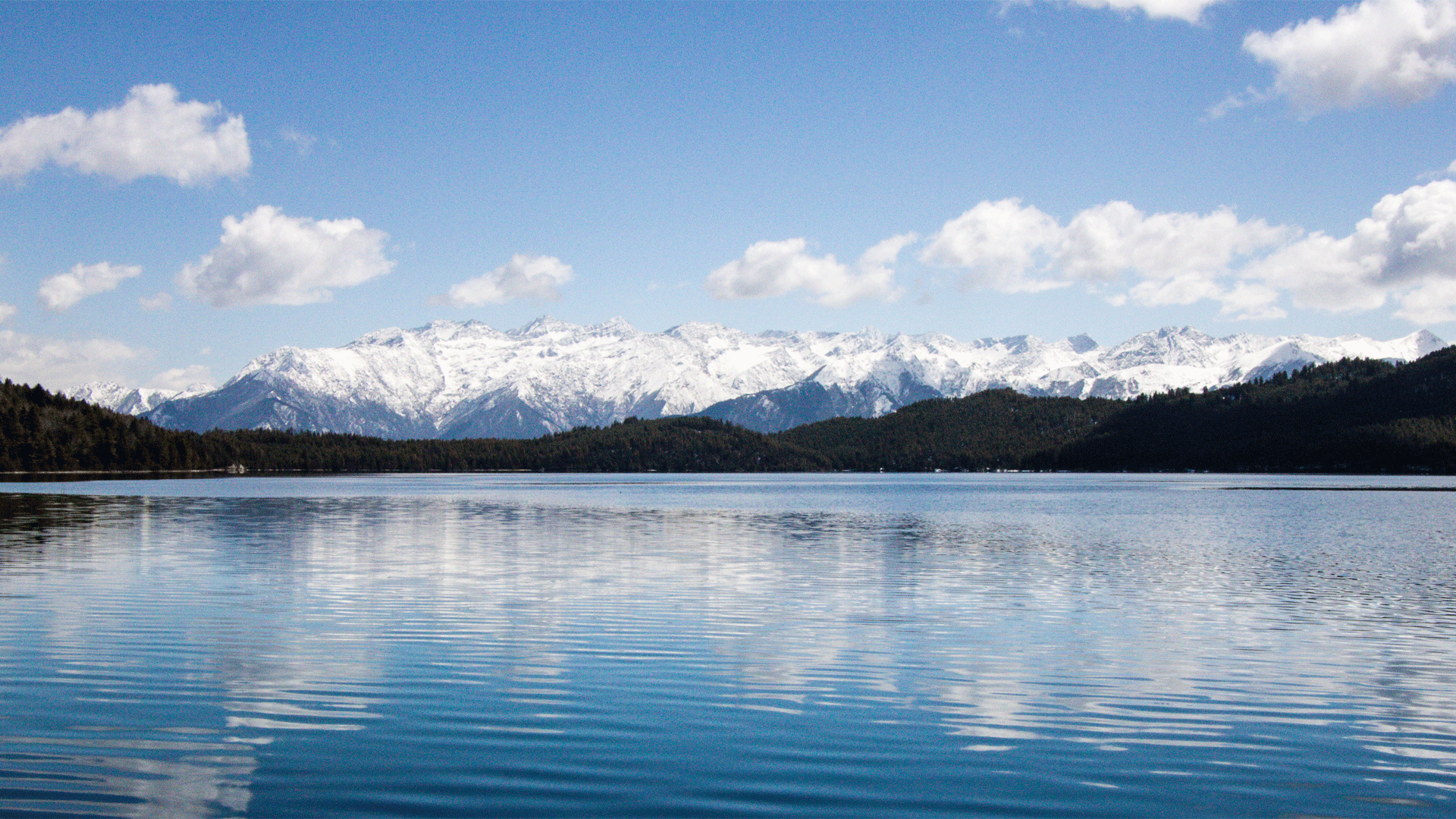Rara Lake Tour – Visiting The Beautiful Destination of Nepal
Rara is the biggest and deepest fresh water lake located in Jumla and Mugu districts. This beautiful lake lies at the height of 2,990 meters (9,810 feet) above the sea level. It has a maximum depth of 167 meters and 2.7 kilometers in wide. The Lake drains into Mugu and join Karnali River via the Nijar River. Nowadays, the number of tourists visiting Rara Lake in western Nepal is increasing tremendously. One can enjoy boating in a clear water, hike to nearby 20 hills and mountains. Moreover, Rara Lake area (Rara National Park) consists more than 500 kinds of flowers, 20 species of Mammalia and 214 types of birds.
The national park protects diverse vegetation that is representative for central Himalayas. Surrounded by blue pines, oaks, rhododendron, black juniper, west Himalayan spruce, and Himalayan cypress are its remarkable nature experience. The red panda and Himalayan black bear can also be found in Rara national park. During winter different varieties of birds like coots, red crested pilchard, mallard etc. can be seen. There are different options on getting there like, the easiest option is flight to Rara Lake. You can take a domestic flight from Kathmandu to Nepalgunj and take another domestic flight from Nepalgunj to Talcha (Mugu) airport and walk around 3 hours all the way to Rara. Similarly, the second easiest options are taking jeep or private vehicle to Rara. But for travelers interested in real adventure of trekking into deep forest rich of natural ecstasy, Jumla to Rara trek is the best. The best time to visit there is in the autumn, spring, and summer seasons. As well as, travelers love this tourist region so, the tourist service and infrastructure have developed over the years.
Rara Lake in Nepal has been a favorite destination for internal as well as external tourist. The remote location has been a concern for a lot of people who want to get glimpse of spectacular lake. Rara Lake become the one of the attractions of Mugu district which attract number of visitors to this remote land.

